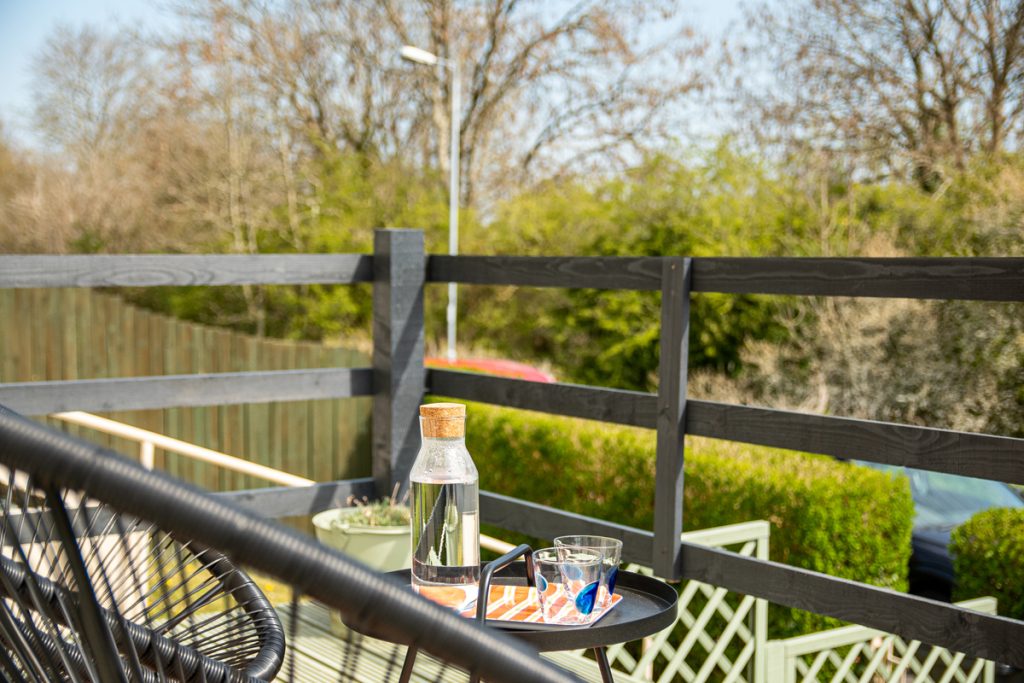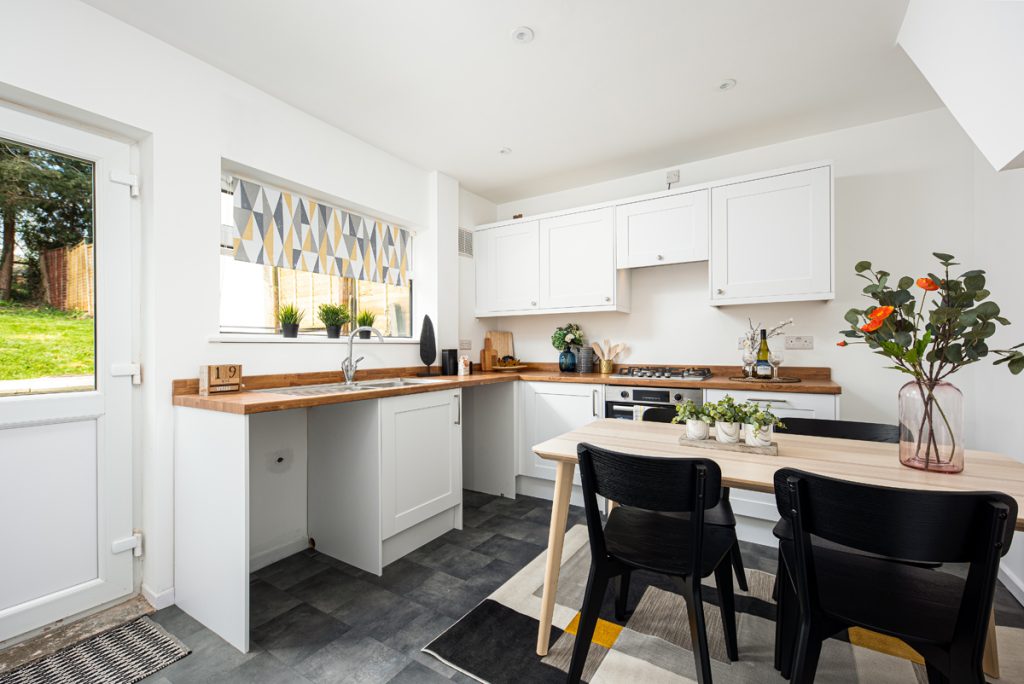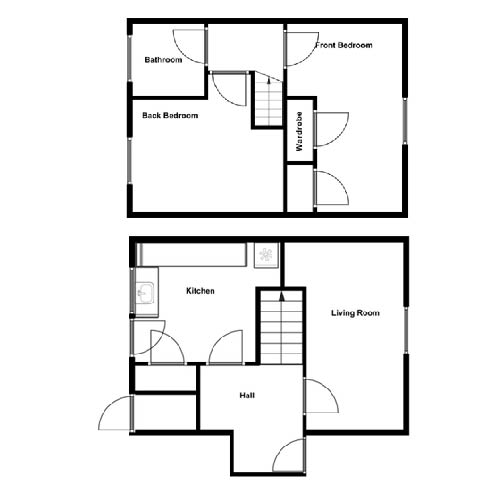· PP: £170,000
· Fees: £6,951
· Work Costs: £25,811
· Total Costs: £202,762
· End Value: £231,500
· Profit: £28,737
· ROCE*: 14%
*Return on Capital Employed
The Property
The property was an end-of-terrace, pre-fabricated building where the previous inhabitants had spent most of their adult lives. While habitable, it required extensive modernisation, including a full rewire. Additionally, there was a roof leak and a structural issue with the chimney stack.
The seller, who had inherited the property, had attempted some DIY renovations. The results of these efforts reinforced our decision to avoid a DIY-based business model—an encouraging confirmation that we had chosen the right approach!
The Plan
Broadly, the plan was to use labourers to remove the previous owners’ vintage belongings and to strip out the house. Having consulted the local agent, we chose to retain the existing floorplan and simply renovate the property as it stood. Individual trades were hired to do the following
- Fix the chimney and repair the flashing
- Full Rewire
- Prepare and plaster all internal walls
- New kitchen and bathroom
- Replace many of the existing radiators
- New flooring throughout
- Paint and decorate throughout
- Light gardening
Having consulted the local agent, we chose to retain the existing floorplan and simply renovate the property as it stood. Individual trades were hired to do the following:
Exit Plans
1. Sell. The market was enjoying a high level of demand at the time. This made selling the most appealing option.
2. Buy-to-Let. If the intended sale price was not achieved, the house would have been refinanced through a mortgage to pay back the investors. It would have been let to tenants for one year at which point Plan A would have been repeated.
3. Include ‘buffer days’ in the plan. While the tradesmen worked very hard to deliver on time, one was delayed due to unavoidable personal circumstances. This was only a three day delay, but it held back the tradesmen who were dependant on his work being completed, reducing the time window in which they were able to do their work. A buffer period of 48 hours between key phases would have made this more manageable.
Lessons Reinforced
1. A happy workforce delivers. Having stayed loyal and as accommodating as reasonably possible with our tradesmen, they in turn will typically reciprocate that loyalty. This means we can keep the good ones and they will work to facilitate our needs as much as possible. It also meant that they communicated with each other where necessary. This made managing the project a smooth and easy affair.
2. If in doubt, investigate. The survey report failed to address a crack in the chimney when we bought the house. However, concerned that a problem may have been overlooked, we decided to investigate. The issue was structural and had we not fixed it, it would most likely have been spotted by the buyer’s surveyor which could have lost the buyers or given them the opportunity to negotiate a heavy discount. This would have cost time and money.
3. Get a survey. Ideally, a full survey should be conducted when buying any property. This will highlight problems that you might otherwise miss, which might then be identified by the buyer’s surveyor, costing you more time and money to fix.
4. The Power of Investors. This was a fully funded property acquisition using only private investor cash, so we did not have to pay bridge loan fees. This meant we had to commit company money only to professional fees and development costs. This gave us a fantastic return on investment.





